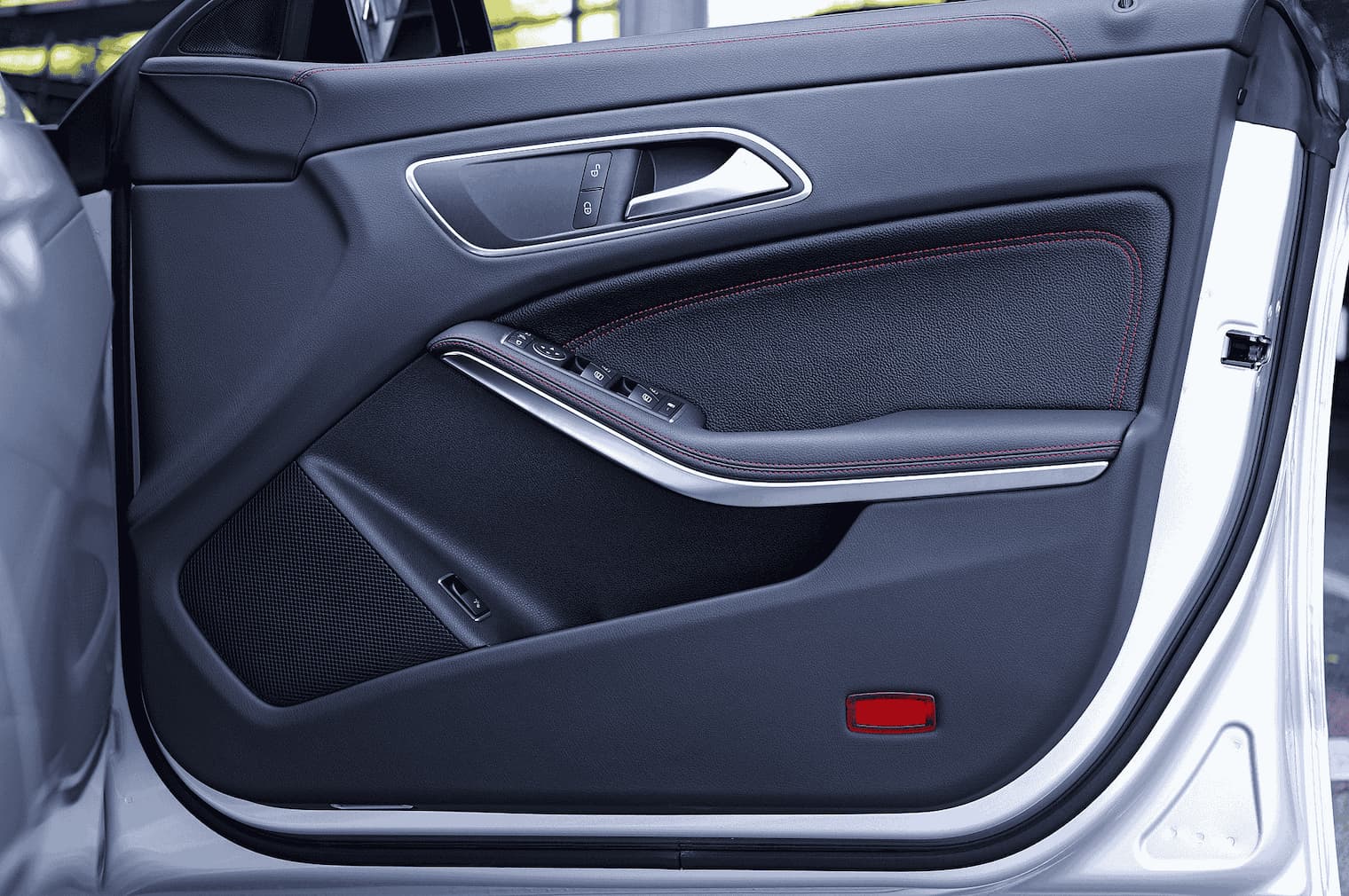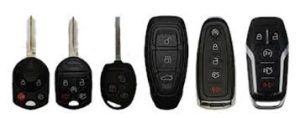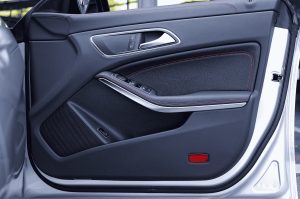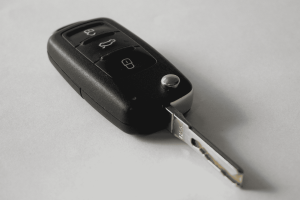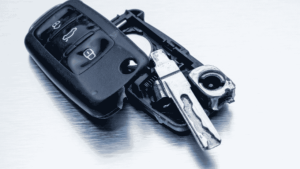- “Power door locks are installed in most modern vehicles to ensure convenience and safety. Pressing the button on the interior panel or using the key fob enables you to lock or unlock the doors as needed.”
- “Modern vehicles widely use power door locks for added safety and ease. By pressing the button inside the car or operating the key fob, you can control the locking and unlocking of the doors.”
When facing issues with a door lock actuator, understanding how to identify the problem and tackle it effectively is essential. Many door lock actuators come integrated into a door latch assembly, combining the latch and actuator into one unit. In some cases, the lock actuators are separate components, often making them less expensive to replace. Depending on the vehicle’s make and model, you may spend anywhere from $40 to more than $400 for the part.
To address a bad door lock actuator, start by checking which door is affected and confirming the failure of the power lock mechanism. This simple step helps you know whether the actuator is the culprit. Once identified, follow clear steps to change the faulty component. Ensure compatibility with your car’s model, as each door may have unique actuator requirements. By carefully addressing these issues, you can restore smooth operation without unnecessary stress.
Why Door Lock Actuators Go Bad
A door lock actuator functions through a small electric motor placed inside its housing. When the circuit is completed and the power lock is triggered, power is applied to the actuator, allowing it to change position between locked and unlocked. This motion involves a gear, cable, or rod, which connects the actuator to the door latch. Over time, if the actuator is exposed to moisture, it can cause corrosion, disrupting the connections in the electrical components, leading to intermittent operation or even complete failure.
Furthermore, factors like oil, dust, or contaminants can affect the mechanical portion, making it difficult to move and adding strain on the electric motor. Physical damage caused by an accident, attempts to jimmy the lock, or excessive use over many years can also cause the actuator to wear out. Regular care and timely attention to these issues can prevent lock failures.
Symptoms of a Bad Car Door Lock Actuator
A door lock actuator that is going bad often shows common symptoms, like when one door lock quits working or stops functioning, making the actuator the likely culprit.
A weak door lock actuator might need more than one press of the button, sometimes two presses, to unlock or lock, as it struggles to move the lock rod or cable.
An alarm goes off unexpectedly when opening the door, as the security system ties into the door locks, detecting an open door that hasn’t been disarmed, leading to sudden alarm sounds.
The door ajar light stays on, caused by a faulty switch in the latch or actuator that fails to properly detect a closed door.
Unusual sounds like buzzing, machine gun noise, a buzz, or a squeal while locking or unlocking indicate a failing actuator, with a surprising rat-a-tat-a-tat noise being a clear warning sign.
Replacing a Door Lock Actuator
The door lock actuator, found inside each door with a power lock, needs careful handling. While the process to disassemble and replace a bad part may differ by manufacturer and model, the basic steps are often the same and can be done with proper tools.
Disconnect the Battery
Before starting any electrical work, disconnect the negative battery cable of the vehicle to prevent accidental problems. Though it’s unlikely, this step helps avoid electrical issues. Ensure the door window is fully rolled up so that access isn’t impeded during the task.
Remove the Interior Door Panel
When dealing with a stuck or malfunctioning door lock, the first step is to access the door and get to the latch or actuator. To do this, you’ll need to locate and remove the fasteners that are holding the interior door cup, pull handle, and panel in place. In most cases, using a trim stick can be helpful to gently pry the plastic clips without causing any damage or breaking them. After ensuring all the panel fasteners are taken out, slide the panel upwards and away from the door. At this point, be sure to disconnect any wiring harnesses, cables, or rods that may be attached to the panel. Once removed, carefully place it in a safe spot to prevent any damage while you work on the lock issue.
Disconnect the Lock Rods and Cables
Sometimes, actuators come with new cables attached while others are bare. To fix the door lock, you may need to disconnect the lock rods and transfer them to the new actuator or latch. In some cases, door lock cables may need to be replaced, and don’t forget the electrical harness that might also be involved in the process.
Remove the Door Actuator and Latch Assembly
To remove the door latch, first unbolt it from the structure where it meets the striker on the outside. Once that’s done, pull the door latch out carefully. Be careful not to hit the door glass as it could shatter easily during the process.
Connect the New Part
After you’ve purchased the actuator, if it’s separate from the latch, switch it over and install the new part into the door. Make sure it’s tightened properly to prevent any rattles or loose fasteners. Then, reconnect the wiring harness, cables, and rods along with all other parts inside.
Reassemble
After replacing any broken clips, re-install the door panel to prevent any annoying rattle or looseness. Next, connect the battery and test the new door lock actuator’s function to ensure everything is working properly.
What Does a Door Lock Actuator Replacement Cost?
The average cost for a door lock actuator ranges from $125 to $250 for just the part. However, some models may be significantly higher or lower in price. If you hire a mechanic to do the job, they may charge for one to two hours of labor, which could cost a couple hundred dollars. You can buy a new actuator at AutoZone, offering thousands of parts, trustworthy advice, and fast options for ordering. If it’s too complicated, visit one of their Preferred Shops. For more detailed automotive repair information, ALLDATA and ALLDATA subscriptions can provide DIYers with professional-level guidance.
